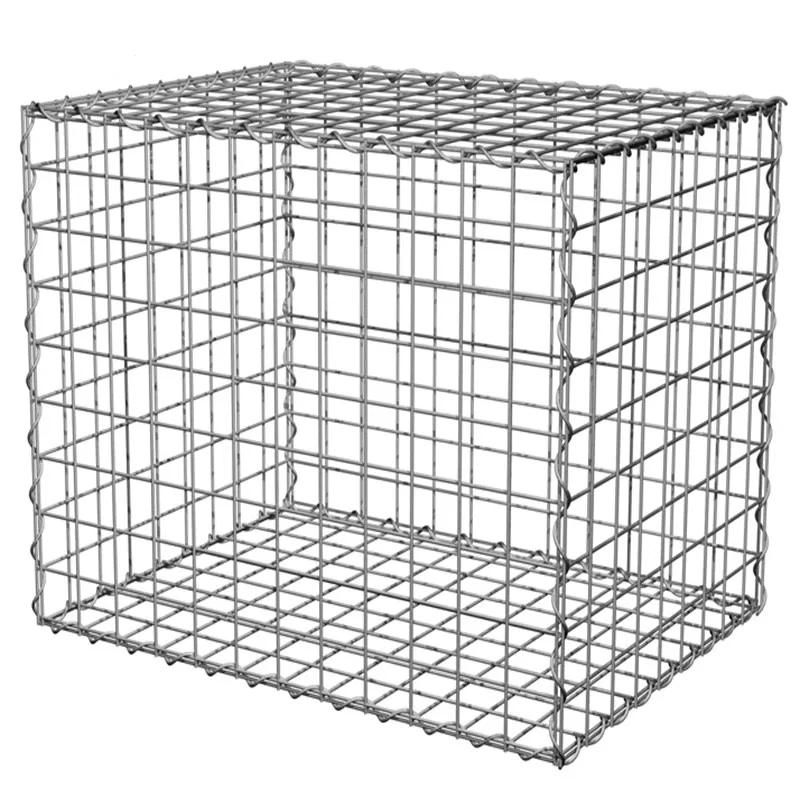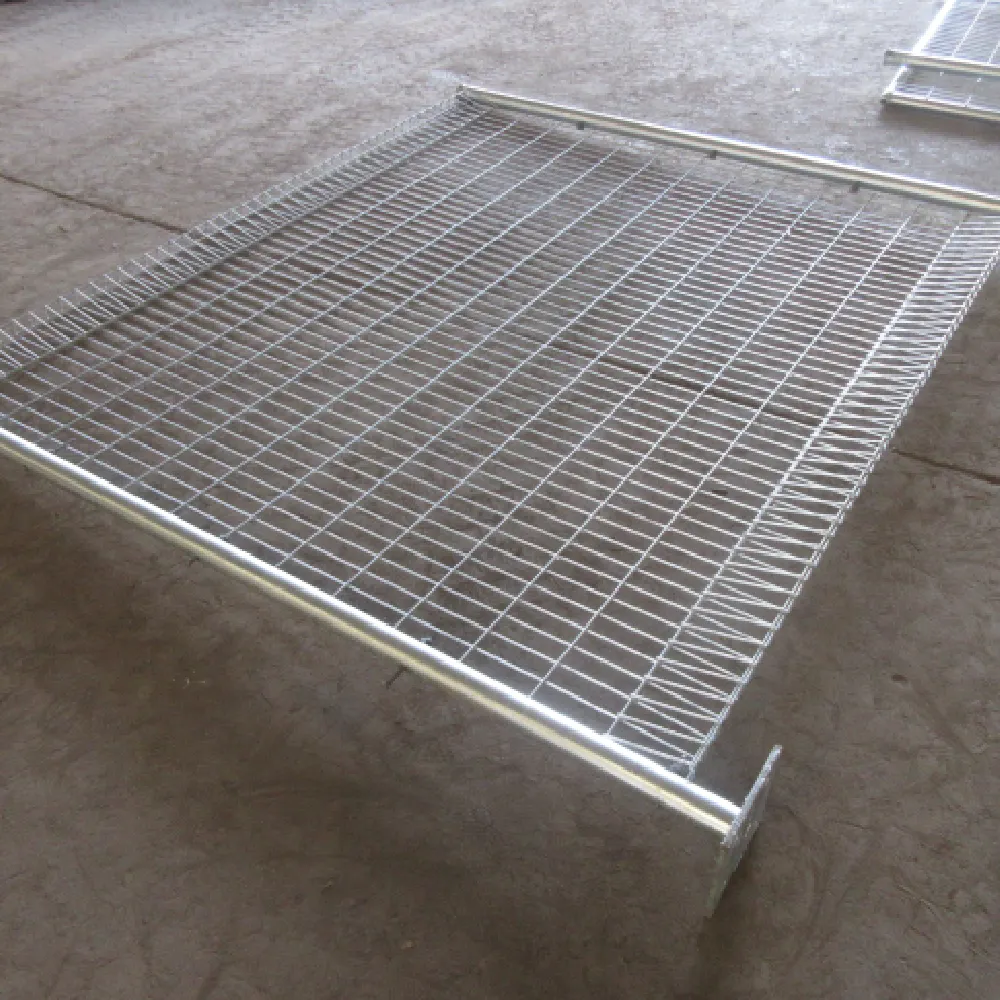Electric cattle fences are an essential component for modern livestock management, ensuring boundaries are maintained with minimal physical obstruction while promoting safe rearing environments. The cost of an electric cattle fence can vary significantly, depending on several factors that include materials, technology, and installation processes. This article delves into the various elements affecting electric cattle fence costs, providing valuable insights based on extensive experience and professional expertise.

Understanding the Costs
The primary cost contributors to electric cattle fencing are the materials used, the length of the fence required, and the level of technology employed. Initially, fence posts and wire represent significant material costs. Wooden posts are traditional, providing sturdiness and aesthetic appeal, but can be more expensive than metal T-posts or fiberglass alternatives. The choice between steel and polywire also affects overall costs; steel wires are more durable and suitable for permanent setups, whereas polywire is lightweight and easier to handle for temporary fences.

Electric fencing systems rely on energizers, which can range from $100 to $500 depending on power capacity and features. Advanced energizers capable of covering extended reaches of land tend to be pricier but necessary for larger properties. Factors such as solar or battery options can further influence costs, benefiting long-term operational expenses through energy savings.
Installation and Maintenance
Installation is a crucial aspect affecting total costs. Professional installation, while an upfront investment, ensures optimal performance and longevity. An average installation rate can be from $0.50 to $1.50 per linear foot for straightforward terrains, but challenging landscapes or customizations, such as multiple gates or corners, increase this figure.
Maintenance encompasses routine checks on voltage levels, repair of damaged wires, and ensuring vegetation does not interfere with performance. The costs for ongoing maintenance can be minimized with high-quality components and strategic installation, reducing the need for continuous repairs.
Technology and Innovation
electric cattle fence cost
Recent advancements have brought innovative solutions in electric cattle fencing that further encapsulate cost efficiency and efficacy. Smart-fence systems offer real-time monitoring and remote control features, utilizing sensors and apps to alert farmers on any operational issues, such as power loss or breaches. While initially more expensive, these systems can provide savings in labor and repair needs over time by swiftly addressing problems before they escalate.
In addition, the advent of solar-powered energizers presents an environmentally friendly option that reduces reliance on traditional power sources, offering long-term cost benefits despite the higher initial purchase price. The sustainability factor appeals to eco-conscious farmers eager to reduce their carbon footprint.
Cost-Effective Strategies
For those seeking cost-effective solutions, strategic design and resource allocation are key. Assessing the specific needs of your cattle operation is vital — for instance, portable fencing might suffice for rotational grazing systems, reducing permanent infrastructure costs. Implementing a combination of traditional perimeter fencing with portable options within can decrease expenses substantially without compromising on operational efficacy.
When it comes to financing these investments, evaluating potential governmental grants or subsidies can alleviate some financial burden. Many regions offer support for sustainable farming practices, including renewable energy installations like solar-powered energizers, which can tangibly influence total expenditure.
Conclusion
Electric cattle fence costs are multifaceted, incorporating a diverse range of material, technology, and labor considerations. Addressing these, not only ensures adequate financial planning but optimizes the security and operational efficiency of your farm. Leveraging professional expertise in assessing and implementing the most appropriate fencing solutions can significantly impact long-term success and sustainability. By thoroughly understanding and strategically managing these costs, farmers can safeguard their livestock investments and enhance pasture management systems effectively.
























